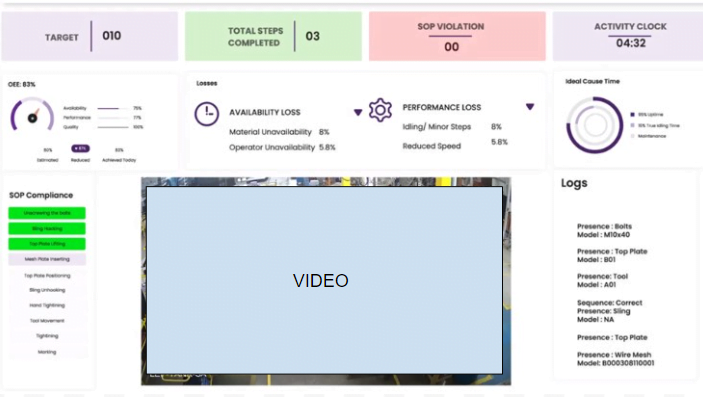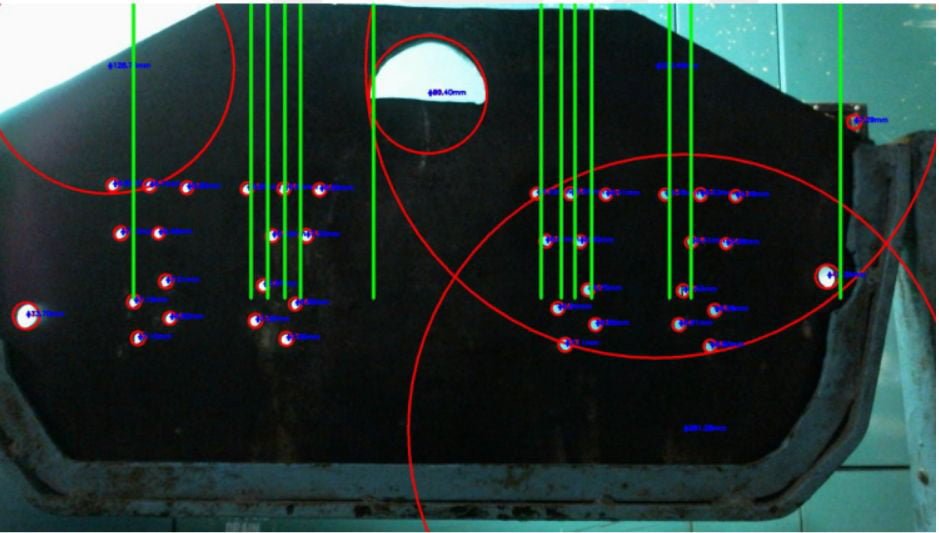Kanban and Agile, might sound familiar or so wondering but let me tell you something, if you want an efficient working environment then try collaborating with both of them. Let me show you how it is done.
Our main focus will be on the Kanban system for Agile software development. You’ll learn what Kanban is, how it got its start on the floor of postwar Toyota assembly lines, and how it became a successful software development process.
We’ll also dissect the Kanban system’s core concepts and parts, as well as discuss its actual application in software development projects and teams.
What is Kanban?
Kanban is an Agile method that can be referred to as a methodology, system, framework, or workflow management method, depending on the context. The Kanban system, which is particularly popular in the software development industry, is aimed to increase the efficiency of production processes as well as the final quality of what is produced.
Kanban is one of the ways that a software development team can use to visualize and enhance the efficiency with which value is provided. Kanban collaborates as a system/method.
The term refers to how a team or organisation visualises and manages their work using Kanban boards and cards. A Kanban system consists of the following components:

- Kanban boards are being used to mirror existing workflows.
- Kanban cards are used to represent work items.
A Kanban system is made up of a single team that manages their work using a single board. However, Kanban’s scalability is a key feature; many firms use it to expand Kanban across teams and departments, resulting in hierarchies of connected boards and cards. This
Kanban and Agile together
Kanban is a system or framework that falls within the Agile software development umbrella. Both Agile and Kanban are designed to assist teams to establish an optimal mix of discipline and adaptability in their quest of meeting market needs as effectively as possible.
There is a philosophical controversy about whether Kanban is ‘Agile.’ We’re not going to get into it here, and we’re not very interested in it. Kanban is widely recognized as one of several Agile approaches or systems that all aspire to become more adaptable and responsive to change in the quest of increased team efficiency and higher quality output.
Kanban is also thought to be compatible and complementary to DevOps. This is conceivable because DevOps is a culture or mindset, similar to Agile, whereas Kanban is a method, framework, or system. Again, there is speculation and dispute on the subject, but the most straightforward way to characterize DevOps is to think of it as simply extending the Agile approach to a “new audience” – IT operations.
DevOps brings together development and operations teams to form a unified Agile software development team with one purpose in mind: to create better software that offers more value to users. And shared accountability for achieving that aim.
Try it mate!
By working with both Kanban and Agile through the process it increases the efficiency of the software flow in the workplace making it easy and quicker in the meanwhile. We hope that this blog has given you a thorough understanding of the Kanban Method. You should now see why it is such a popular aspect of the software process management ecosystem, whether as a take solution or via cherry-picking elements like the Kanban in combination with other methodologies



